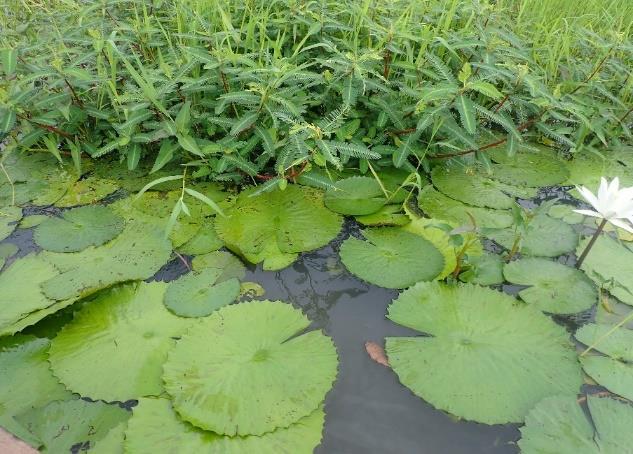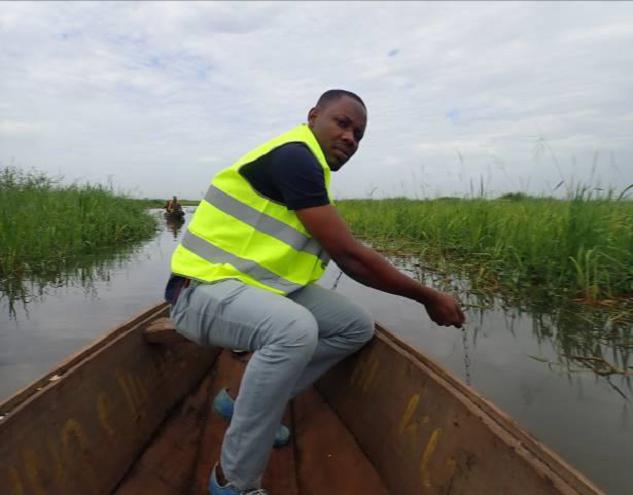Olaniran Hamed Odountan
Other projects
24 Nov 2021
Sustainable Management of Mangrove Ecosystem Around Lake Ahémé: Drawing Upon Local Communities and Other Stakeholder Experts' Opinions and Concerns
This study focused on Lake Aheme aims at gathering information on its deterioration prior to the planned dredging, using environmental parameters and macroinvertebrates. Furthermore, presence/abundance or lack of specific macroinvertebrates will be used as a biological indicators of ecosystem health. It is well known that community diversity declines in the presence of pollution and that, sensitive species are progressively replaced by more tolerant forms as pollution increases. Therefore, the study will provide the baseline data for development of future biomonitoring routine of the lake and restauration activities regarding the effectiveness of the planned dredging.
Sampling sites will cover diverse habitats such as mangroves, agriculture areas, human settlements, and industrial outlet areas. This approach will provide a good understanding of what habitats are more polluted, and about which sites are most in need of conservation. Environmental education building on the bio-monitoring, will strengthen the awareness of both local communities and decision-makers.

The Lake Aheme is one of West Africa biodiversity hotspots, but also one of the most neglected and threatened, due to intensive subsistence agriculture, high levels of exploitation by local community, and high rates of habitat loss and degradation. The low fisheries yield observed during the last decade and filling up of the ecosystem lead Benin government to plan a dredging of the ecosystem to restore its quality and contribute mainly to sustainable management of fisheries. Lack of information about the lake’s macroinvertebrate community could lead to un-sustainable management and to inadequate protection and conservation measures for Lake Aheme’s aquatic ecosystem. Indeed, macro-invertebrates allow to assess the actual impacts of pollution and alteration of aquatic and riparian habitats. The goals of this study are to i) investigate the environmental characteristics of Aheme Lake; (ii) evaluate the qualitative composition of macroinvertebrate community of Lake Aheme; (iii) assess community structure of macroinvertebrate community of Lake Aheme in relation to environmental features; (iv) contribute to development of biomonitoring routine tools for conservation and sustainable management and (v) and environmental education with local community and decision-makers.

Field study of the project is designed as a small-scale project (1.5 years). The study will focus on 7 sites (with duplicate consisting in: 7×2=14 sampling points) and sampling will occur every two months from March 2019 to February 2020. Based on this frequency, 6 sampling missions are projected in 7 sites (14 sampling points). Each sampling occasion will last two night and two days sampling. Direct field staying will be for Sampling (12 days) and environmental education of local communities and decision-makers (3 days). However, samples processing or washing (36 days), identification (294 days) and data analyses (36 days) are indirect field works.
Collected macroinvertebrate will be used as bioindicators, which will serve as a baseline data for future monitoring routine of the biodiversity of the Lake Aheme. The study will result in reports to the funding body, the Benin development board, local environment manager authority and to the Agency for the integrated Development of the Lake Aheme and its Channels economic zone (ADELAC). Since dredging of Lac Aheme is being considered by ADELAC, this prior study will serve as objective reference for assessing the effectiveness of dredging afterward.